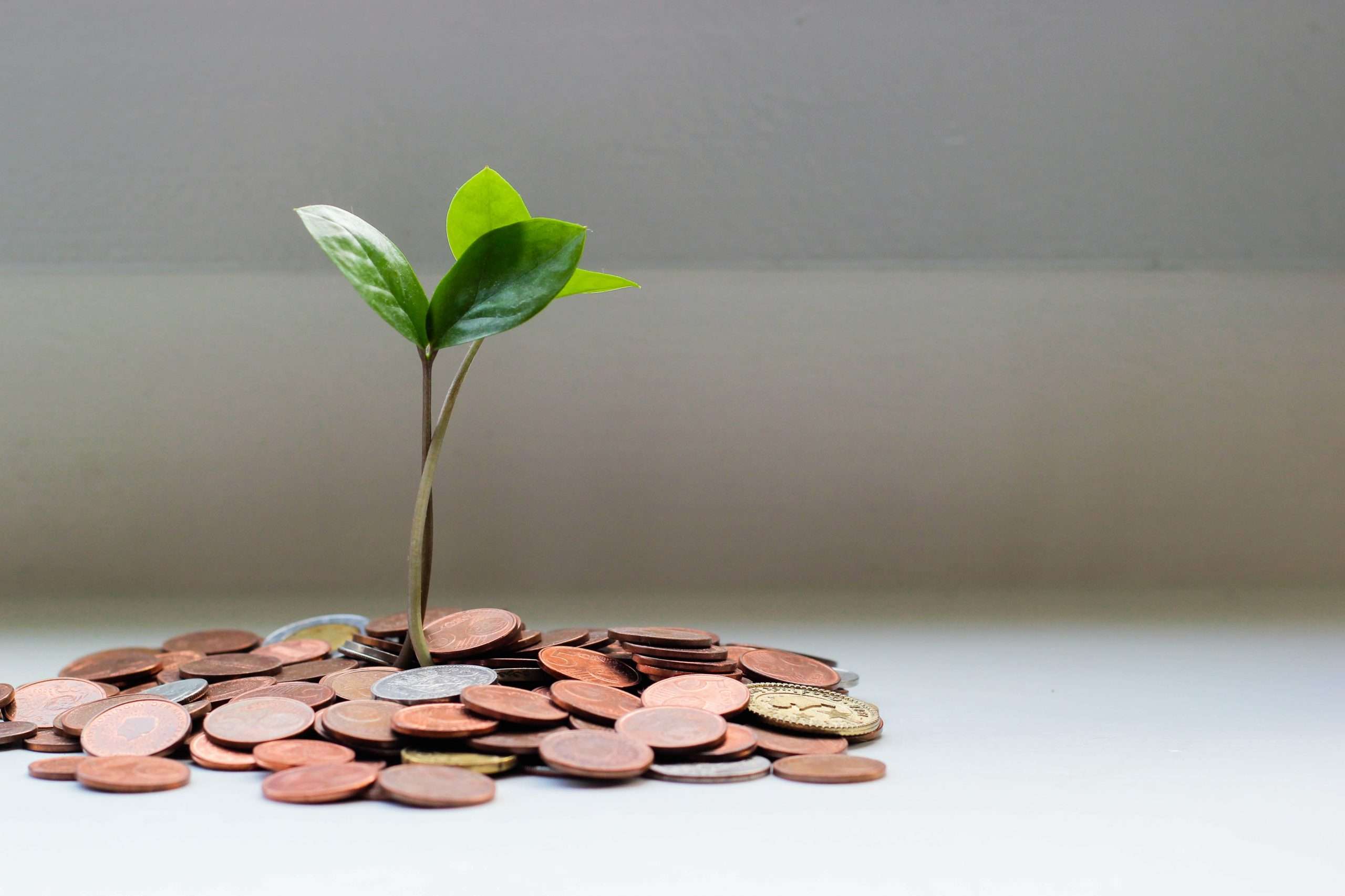Blockchain’s potential extends to poverty alleviation

By Andrei Kwok
Senior Lecturer,
Department of Management, School of Business, Monash University Malaysia.
When women and girls enter Afghanistan our blocked from attending schools, many took to online courses to continue their education.
Blockchain, with its audience availability and pseudonymitycan help them get globally recognized tamper-proof and portable credentials.
It has potential transform education by addressing infrastructural and institutional costs that typically face less developed and geographically remote communities.
Blockchain has been the subject of many claims since it rose to prominence in 2016.
But blockchain’s ability to empower women striving to escape poverty goes beyond education. It can be improved social inclusion by giving equal opportunities to every individual regardless of background and status.
Blockchain technology empowers women financial inclusion and entrepreneurial opportunities to achieve independence and self-sufficiency.
It offers small business owners affordable and efficient payments across national bordersand can help women gain access to previously inaccessible finances.
IN country which still prohibits women from owning property, women can turn to blockchain or cryptocurrencies circumvent restrictive cultural norms and gain financial access outside the traditional banking system.
Blockchain helps women entrepreneurs
Women micro-entrepreneurs without assets for security can turn to crypto-financing to finance their business.
For example Grameen Foundation offered blockchain-enabled microfinance to support female entrepreneurs in the Philippines during COVID-19.
Blockchain technology has also been used to help female refugees enter humanitarian crises.
Immigration systems can provide unidentifiable and displaced persons with verifiable personal identification on a blockchain-based database.
Financial assistance can be deposited in the form of digital currency or cryptocurrency at minimal transaction costs in their accounts to give them access to basic facilities.
Since the emergence of Bitcoin in 2009, blockchain technology and distributed ledger technologies (DLT) have been widely adopted in various sectors.
A recent one report by accounting firm PricewaterhouseCoopers revealed that blockchain technology has the potential to increase global GDP by $1.76 trillion over the next ten years.
As a revolutionary technology, blockchain has significant potential to empower women in vulnerable and marginalized communities. It can improve their livelihood which then reduces household, community and national poverty.
The two most critical aspects that can help women achieve equality are better access to education and income-generating opportunities.
Blockchain technology can be the tipping point for social inclusion and poverty reduction.
Andrei Kwok is senior lecturer, Department of Management, School of Business, Monash University Malaysia. He declares no conflict of interest.
Originally published under Creative Commons of 360 info™.
























